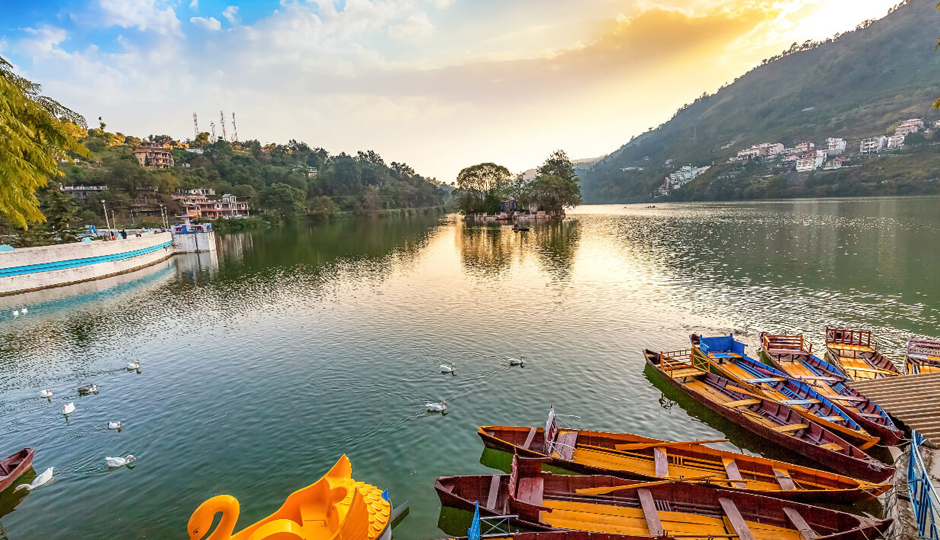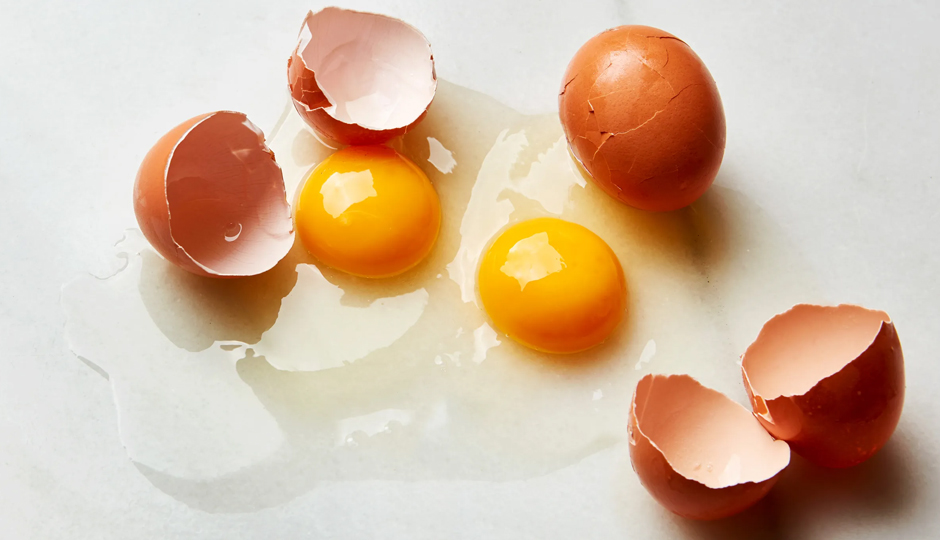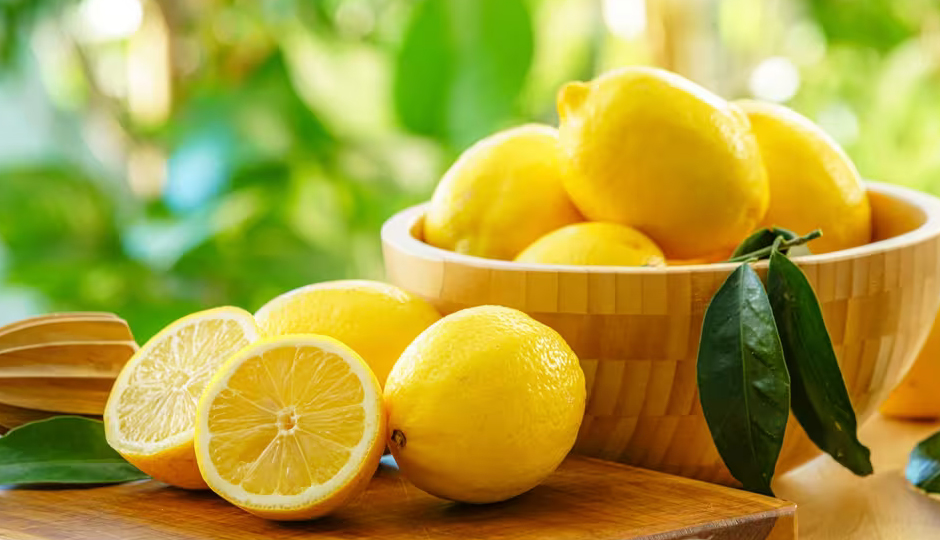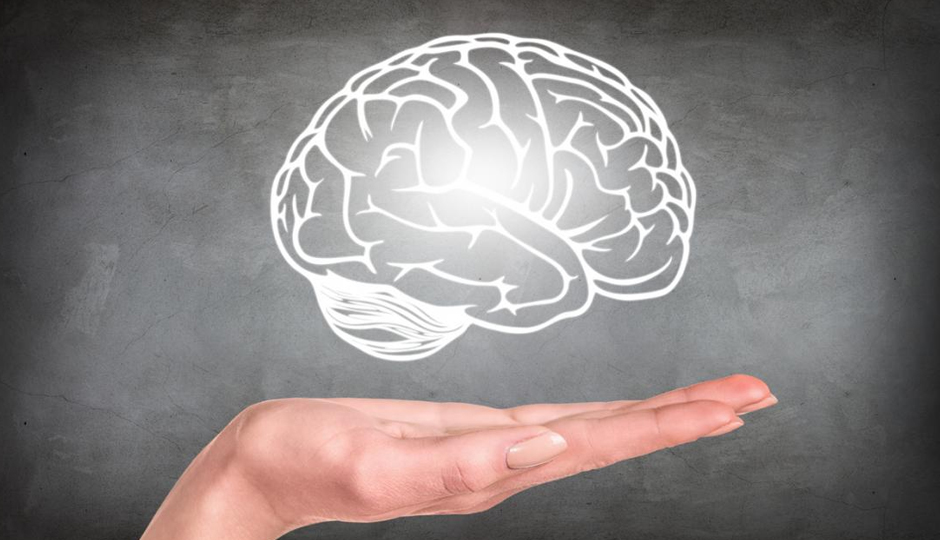- Home›
- Healthy Living›
- 6 Ways To Treat Kidney Stones In Children
6 Ways To Treat Kidney Stones In Children
By: Priyanka Maheshwari Sat, 03 Feb 2024 10:08:57
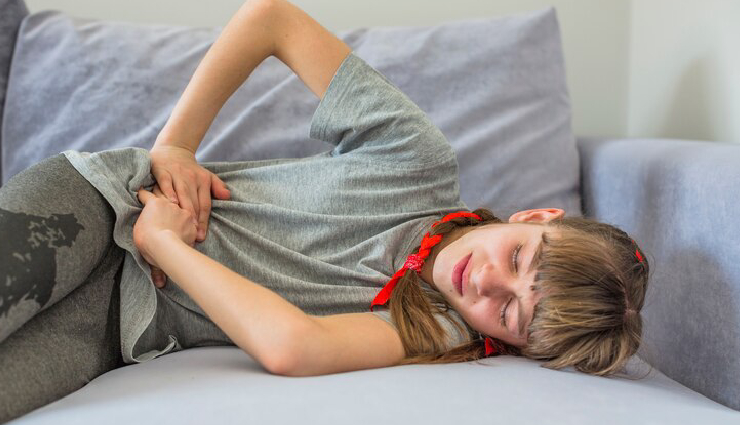
Experiencing the discomfort of passing a kidney stone is a challenging ordeal. Unfortunately, kidney stones can impact individuals of any age, including children. While less common, these stones in kids can manifest with various symptoms like pain, vomiting, and blood in the urine. This not only affects the child's well-being but can also leave parents feeling helpless. Hence, it is crucial for parents to comprehend the causes, symptoms, and treatment options for kidney stones in children. In this discussion, we will cover all the essential information needed to navigate through the challenges posed by kidney stones in kids.
To begin, gaining insight into some fundamental aspects of the kidneys is beneficial. Positioned on either side of the spine in the lower back, the kidneys are a pair of bean-shaped organs. They form a crucial part of the urinary system, tasked with filtering waste products from the blood and expelling them as urine.
The intricate network of tiny blood vessels known as nephrons facilitates the kidneys in filtering waste products and excess fluids from the blood. The expelled waste products collectively make up urine. Additionally, the kidneys play a pivotal role in regulating electrolytes like sodium, potassium, and calcium in the body. Beyond waste filtration, they contribute to blood pressure regulation and the production of several hormones, ultimately playing a vital role in maintaining the body's internal balance or homeostasis.
While kidney stones in children are relatively uncommon, seeking timely treatment remains crucial. Establishing an effective treatment plan begins with diagnostic testing to identify the specific cause of symptoms. This may involve various tests such as urinalysis, uric acid measurements, abdominal CT scans or X-rays, and kidney ultrasound. Once the presence of kidney stones is confirmed, several treatment options can be considered.
Treat Kidney Stones in Children
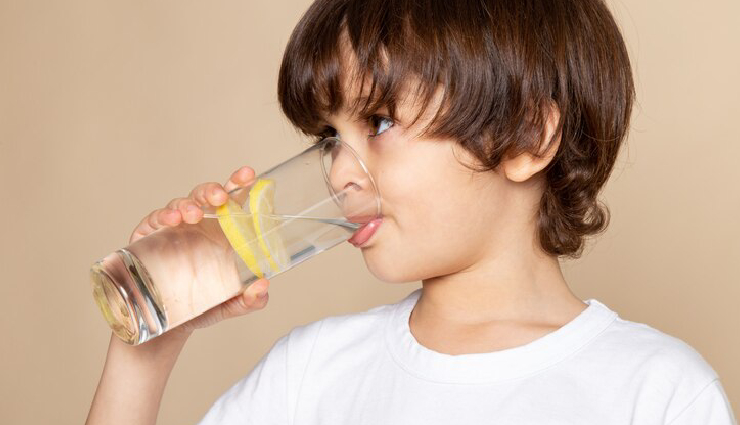
# Maintaining Adequate Hydration:
Water plays a vital role in kidney function, aiding in the prevention and treatment of kidney stones by reducing mineral concentration in urine. Encouraging your child to consume ample fluids can help flush out the stones. Consult your child's doctor for a recommended hydration goal based on their age and strive to promote hydration in your children.
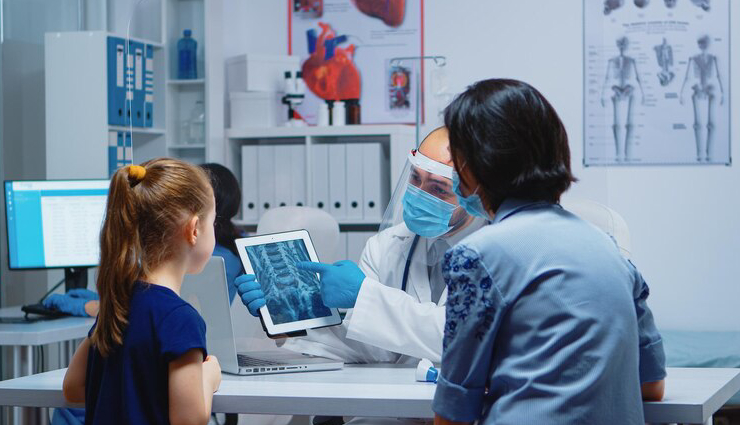
# Seeking Prompt Medical Attention:
If your child experiences severe pain, nausea, vomiting, or blood in the urine, it is imperative to seek immediate medical attention. The doctor can diagnose kidney stones through tests such as ultrasound or CT scans and expedite treatment to alleviate symptoms.
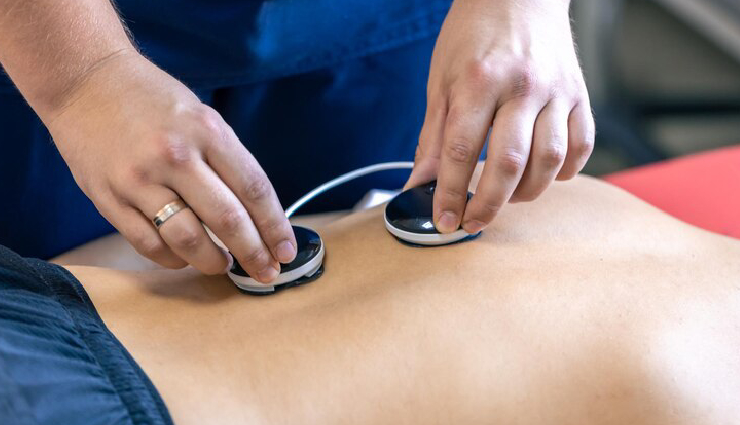
# Shock Wave Lithotripsy:
For stones that are too large or painful to pass naturally, shock wave lithotripsy is an option. This non-invasive procedure employs shock waves to break up stones into smaller pieces, facilitating their passage with minimal discomfort. While generally safe and effective for small to medium-sized stones, potential side effects such as bruising or soreness should be discussed with the doctor before proceeding.
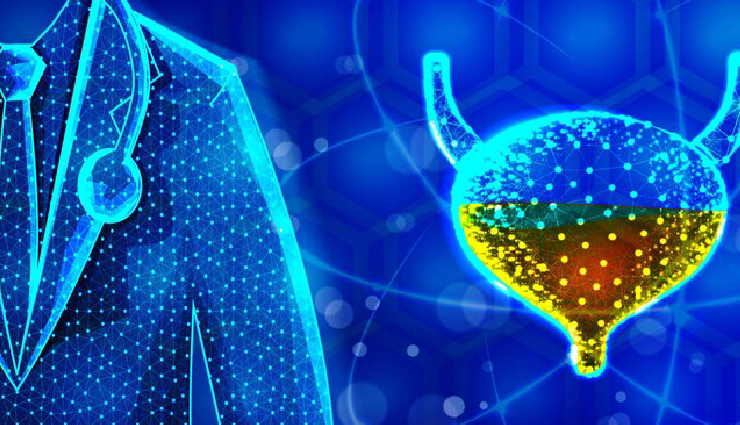
# Cystoscopy:
Using a thin, flexible instrument called a cystoscope, a healthcare provider can examine the bladder and urethra, searching for and potentially removing kidney stones. This outpatient procedure is performed under local or general anesthesia, with post-procedural discomfort during urination expected to subside on its own.
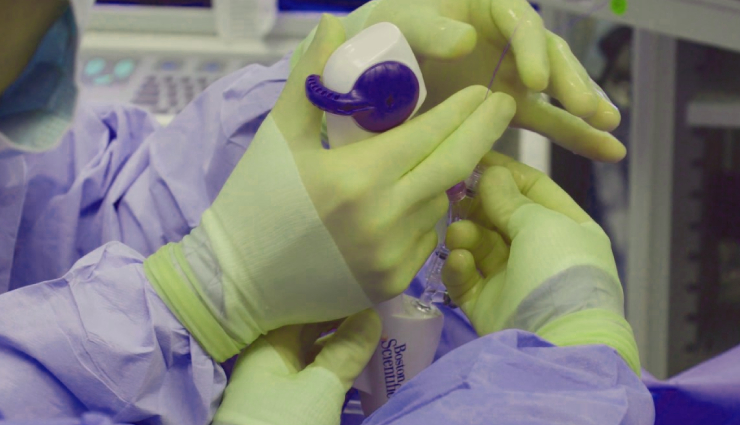
# Ureteroscopy:
Similar to a cystoscopy, a ureteroscopy examines the ureters further into the urinary tract. Using a ureteroscope, a doctor can visualize and manually remove kidney stones. This procedure, performed under general anesthesia, may necessitate overnight observation for potential discomfort and burning during urination post-op.
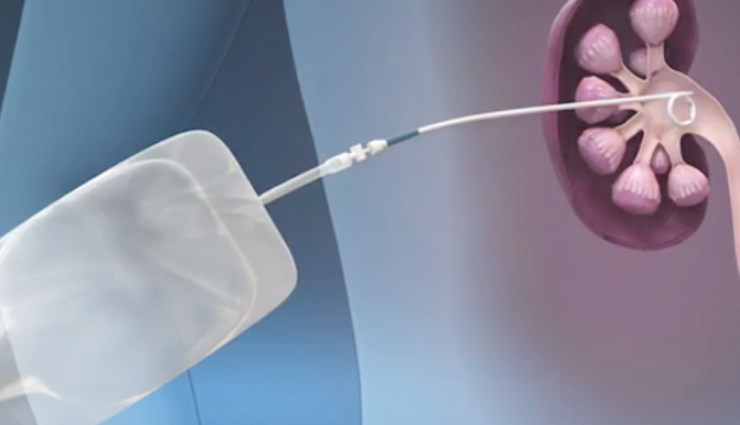
# Percutaneous Nephrolithotomy:
In cases where other methods prove ineffective, a percutaneous nephrolithotomy may be recommended for larger or more complex kidney stones. This minimally invasive surgical procedure involves making a small incision in the child's back to pass a nephroscope into the kidney, allowing for the visualization, fragmentation, and removal of stones. Although performed under general anesthesia, post-operative monitoring in the hospital may be required. Potential discomfort and hematuria are common after the procedure, and it is essential to discuss any concerns or questions with the child's doctor due to the surgical nature and associated risks.


